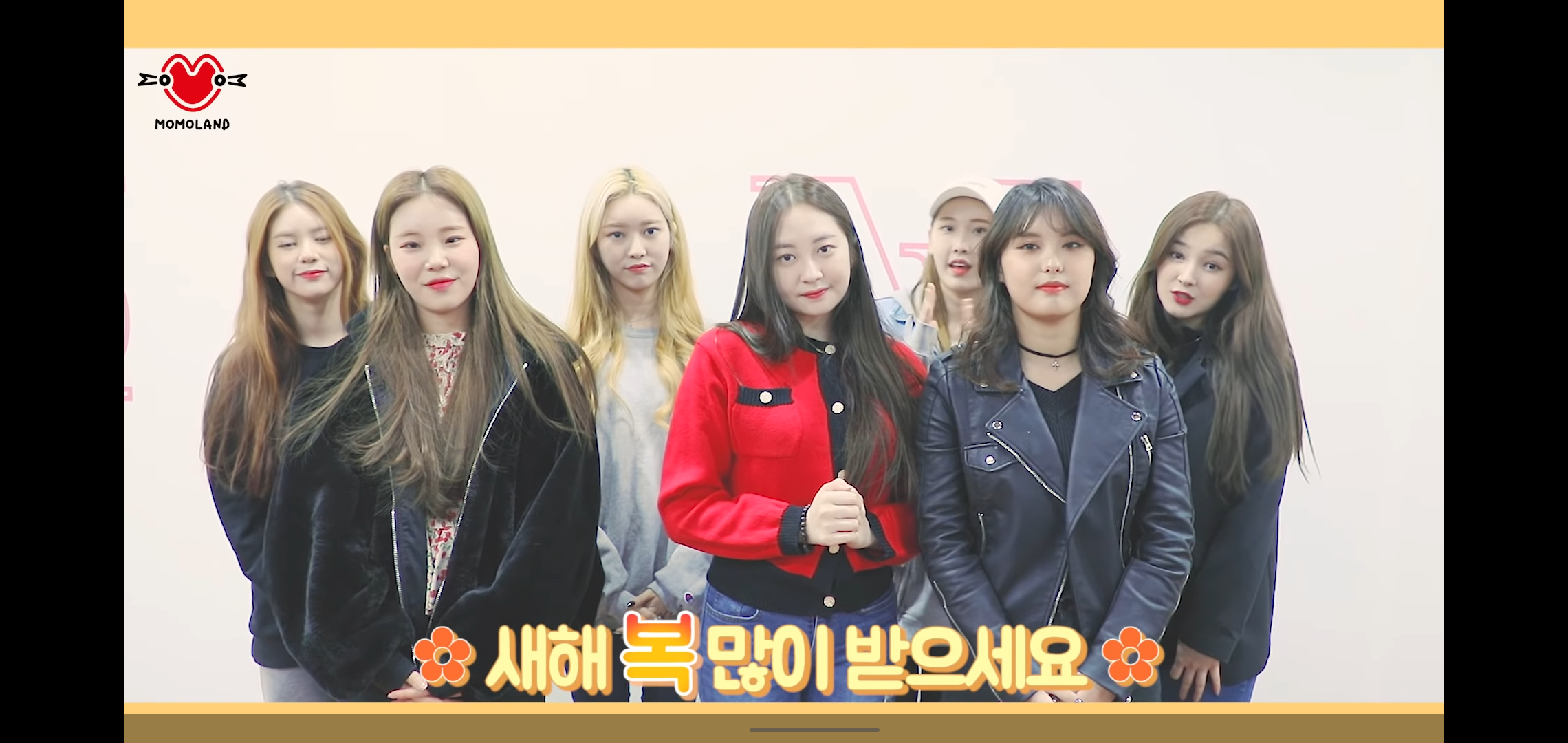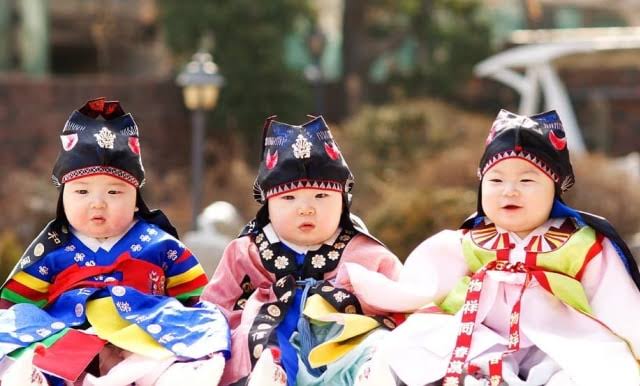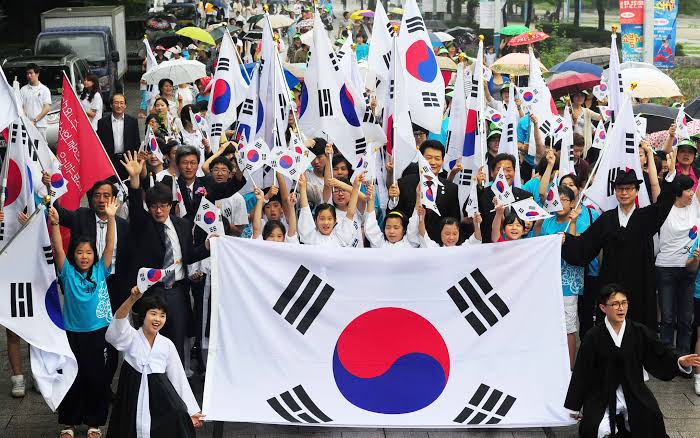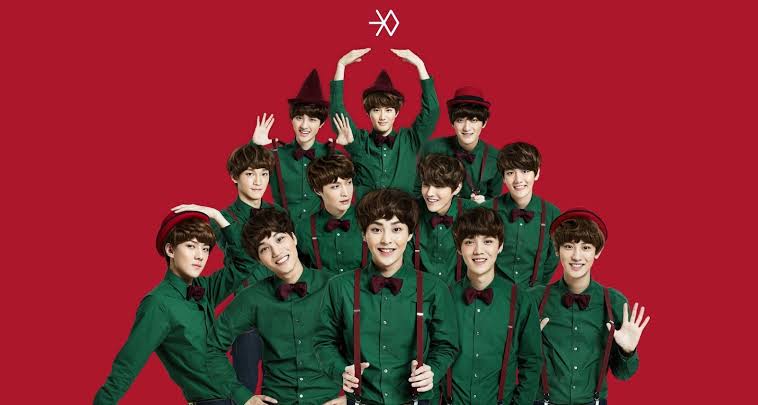Annyeonghaseyo, yeorobun! This learning Korean section is little bit different since we are going to discuss about Korean public holidays and greetings. We can learn Korean language in several methods and approaches, commonly by learning grammar and structure. However, it is more fun if we learn from cultural approach. Surely, most of you are already familiar with Korean public holidays but are still clueless about how to send greetings and wishes in Korean. So, it is necessary to learn about some Korean public holidays greetings. Maybe you can send those greetings in your idol’s social media comment section! Since it is really important to celebrate, all K-pop idols will send greetings and wishes in their social media.
1. 추석 (Chuseok) – The Greatest Korean Public Holidays

Chuseok is one of the greatest Korean festivals and becomes the prominent public holidays. Chuseok is basically similar to Thanksgiving’s Day in the United States to celebrate the harvest time. It is also called 한가위 (Hangawi). 한 (Han) means great and 가위 (gawi) means the mid of 8th month. It is celebrated as autumn comes (based on lunar calendar). Koreans will go to their hometown and celebrate Chuseok with family. Here are some examples of the popular greetings and wishes.
추석 잘 보내세요 (chuseok jal bonaeseyo). This is a basic greeting and the most popular one. The meaning is like “Happy Chuseok Day”. This is a formal and polite way so you can use this greeting to the elders or colleagues. If you want to send a wish to your friends, you can use the more casual way by saying 추석 잘 보네요 (chuseok jal boneyo).
행복한 추석되시길 바랍니다 (haengbokhan chuseok doesikil baramnida). This is also a formal form and polite way of Chuseok wishes. It means “Wish you a happy Chuseok”. May everyone’s Chuseok day is full of happiness.
2. 설날 (Seollal)

MLD Entertainment YouTube
Seollal is a new year feast in Korean counted from lunar calendar system. Seollal is celebrated together with Chinese new year since Korean traditional calendar is originally based on Chinese calendar system. Seollal is a momentum for quality time with family since they will visit their hometown, held family gathering, and give the present. According to the tradition, the elders will give some money to kids. On Seollal, the young people will visit the elders’ home to greet properly. Here are some Seollal greeting examples:
새해 복 많이 받으세요 (Saehaebok manhi badeuseyo) -> Formal form
새해 복 많이 받아요 (saehaebok manhi badayo) -> casual form but still polite
You can use the first sentence for formal occasions like talking to your parents, older people, your boss or colleagues. The latter one can be used to talk to your friends or the closest ones. Both sentences have the same meaning which is “Happy New Year” implying a message or wish that may all people get tons of luck, fortune, and wealth in this new year.
3. 어린이날 (Eorininal)

This is Korean children’s day celebrated on May 5. 어린이 (Eorini) means child and 날 (nal) means day. To celebrate children’s day, parents give the special presents to their children. Moreover, many families visit the fun places like the amusement parks (Lotte World is the most popular) or have a picnic near Han River. Here are the examples of the greetings:
즐거운 어린이날 축하합니다 (jeulkeoun eorininal chukhahamnida) -> formal and polite way
어린이날 축하해요 (eorininal chukhahaeyo) -> casual and polite way
Both greetings basically have the same meaning “Happy Children’s Day” and may all children celebrate it with full of joy and happiness.
4. 광복절 (Gwangbokjeol) – The Important Korean Public Holidays

Gwangbokjeol is the independence day of South Korea celebrated in August 15. This is the most important and historical day for Koreans to commemorate victory over Japan colonialism. Lexically 광 (gwang) means light, 복 (bok) means return or restore, and 절 (jeol) means festive day. Most Koreans prefer call it as restoration day to independence day. Here is the common greeting example:
광복절 잘 보내세요 (gwangbokjeol jal bonaeseyo) means “Happy Independence Day” or “Happy Restoration Day”. To express more spirit, sometimes people yell 대한 민국 만세! (Daehan Minguk Manse!) which means long live Republic of Korea.
5. 크리스마스 (Christmas) – The Popular Korean Public Holidays

In Korean term, Christmas means 성탄절 (seongtanjeol) or the birthday of Jesus Christ. However, 크리스마스 (keuriseumaseu, borrowing term from Christmas) has become a common term in Korean. Christmas is probably the most popular holiday in Korea, especially among the youths. Many young couples will date on Christmas Eve and enjoy the snowy night. Nowadays, Christmas is not only celebrated as a sacred religious holiday but also a cultural celebration for all people. Let’s find Christmas greetings in Korean below:
메리 크리스마스 (meri keuriseumaseu) means “Merry Christmas”. Although this is a borrowing term from English, this term becomes more popular among Koreans. You can also say 행복한 크리스마스 되세요 (haengbokhan keuriseumaseu doeseyo). This greeting means a wish that all people may have a joyful Christmas. Ho-ho-ho!






